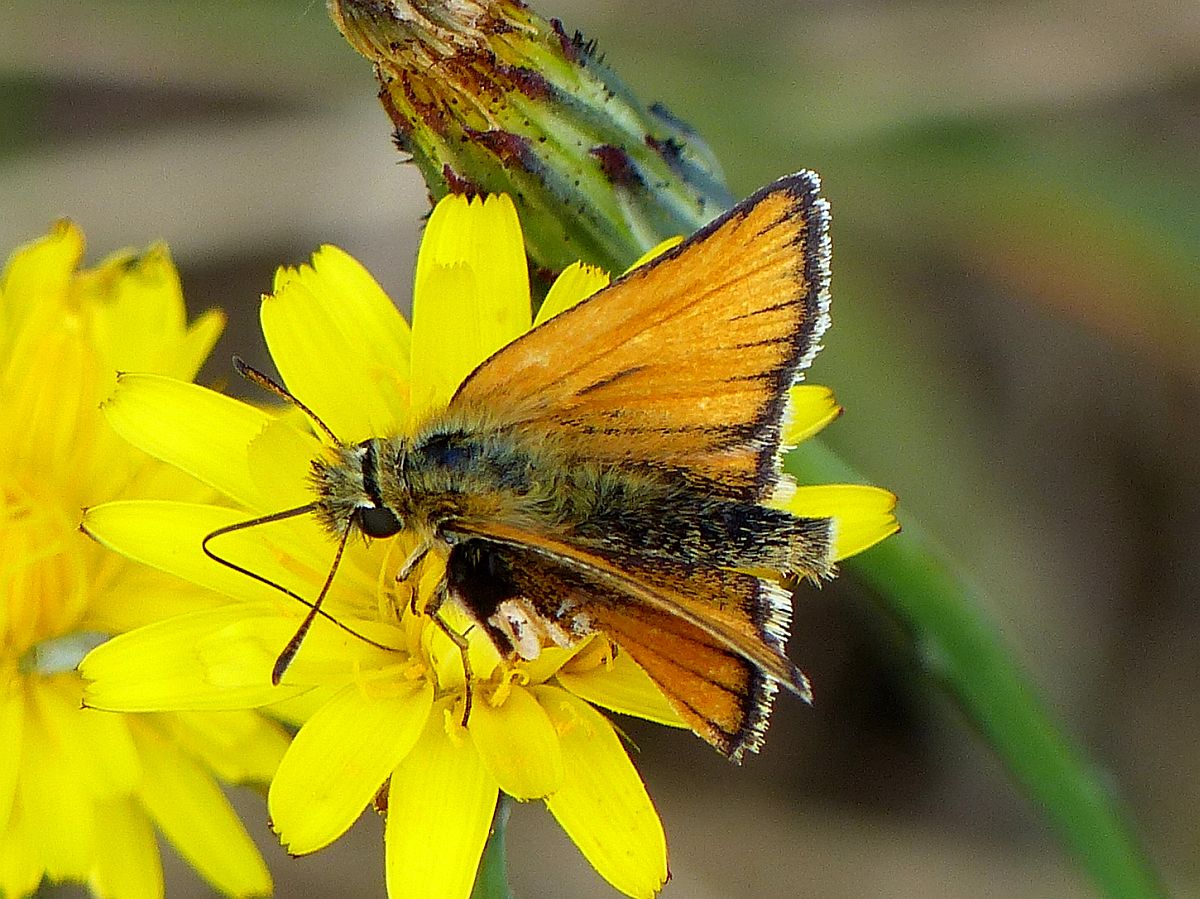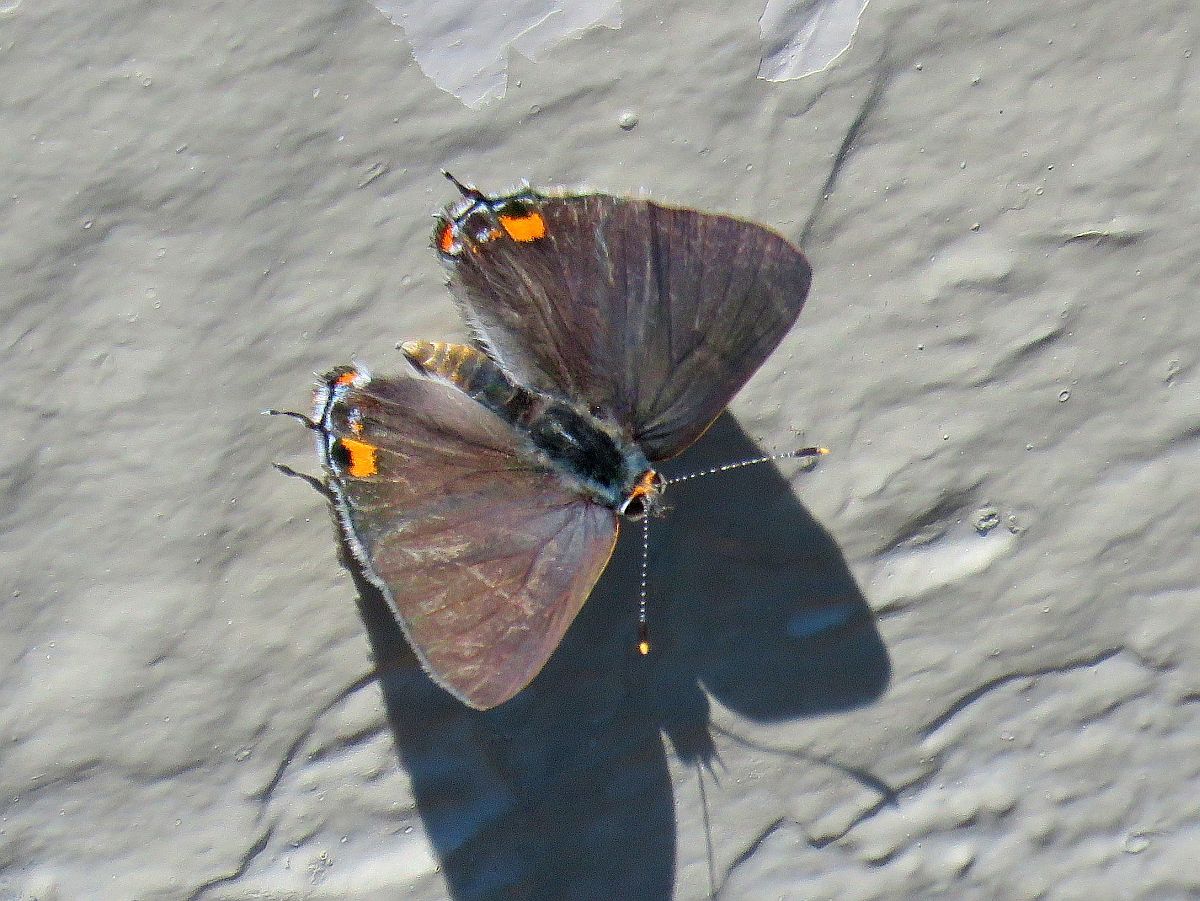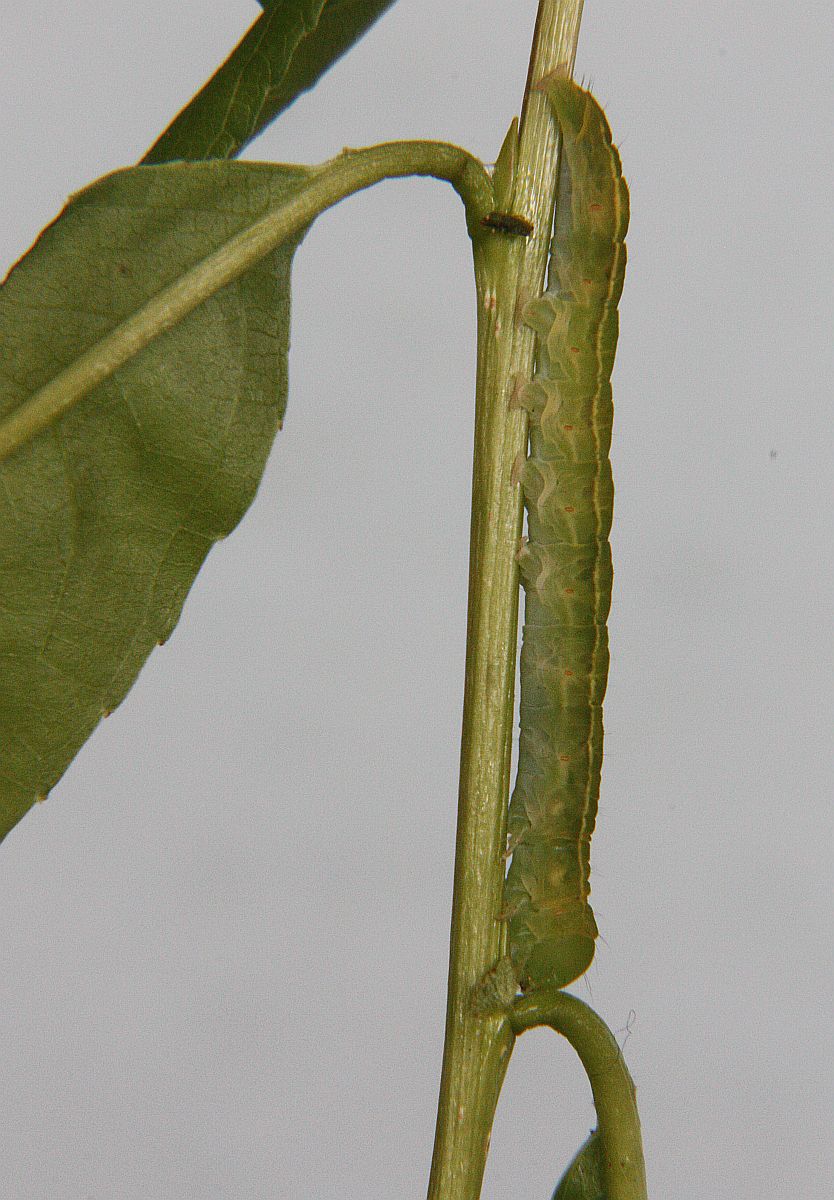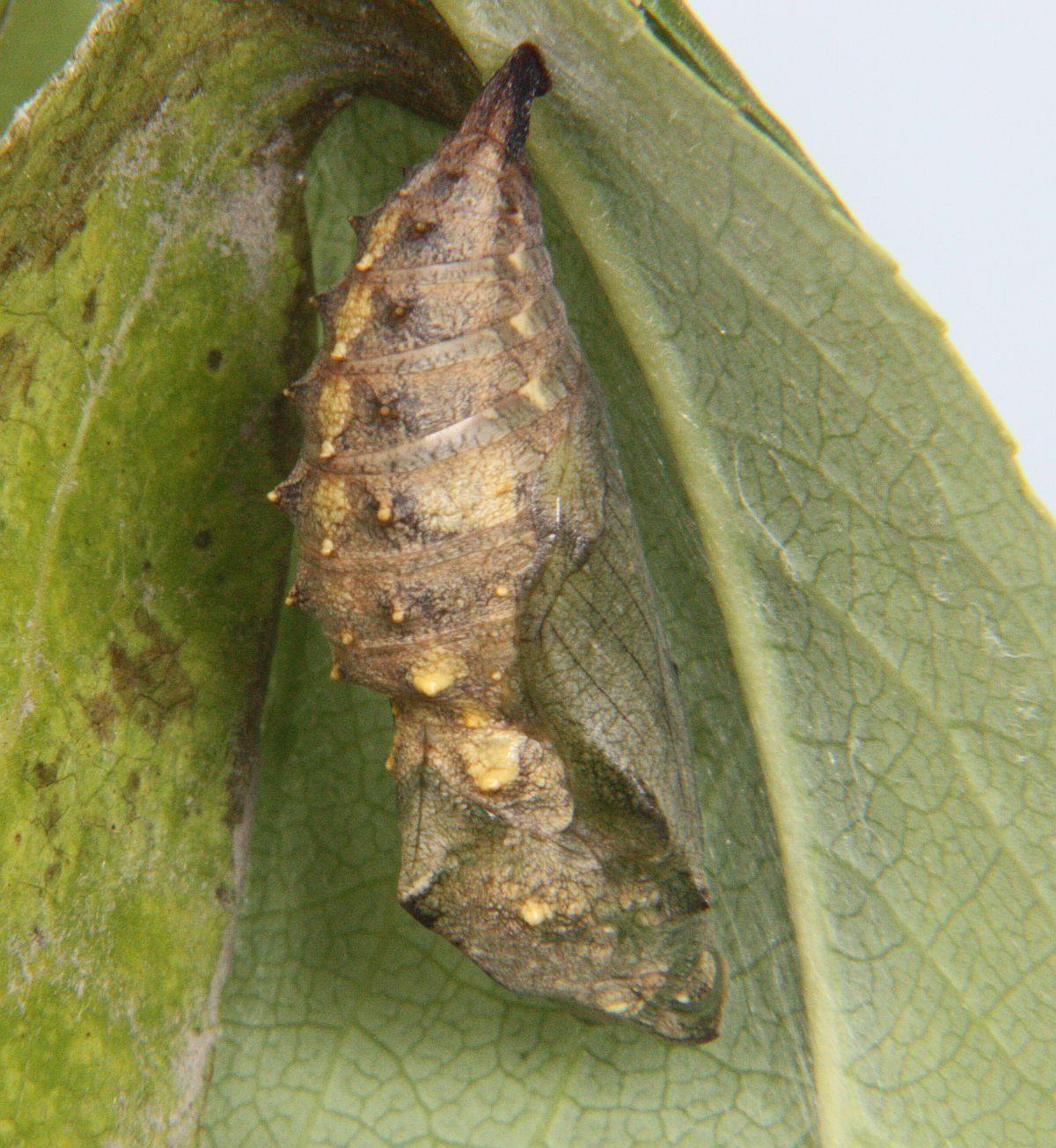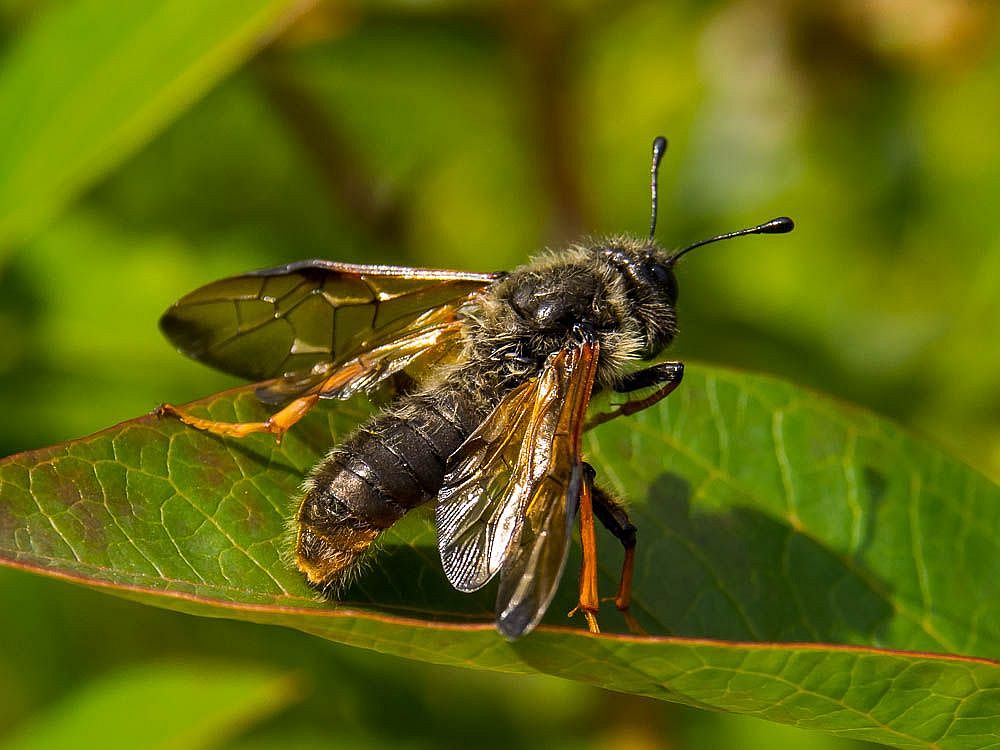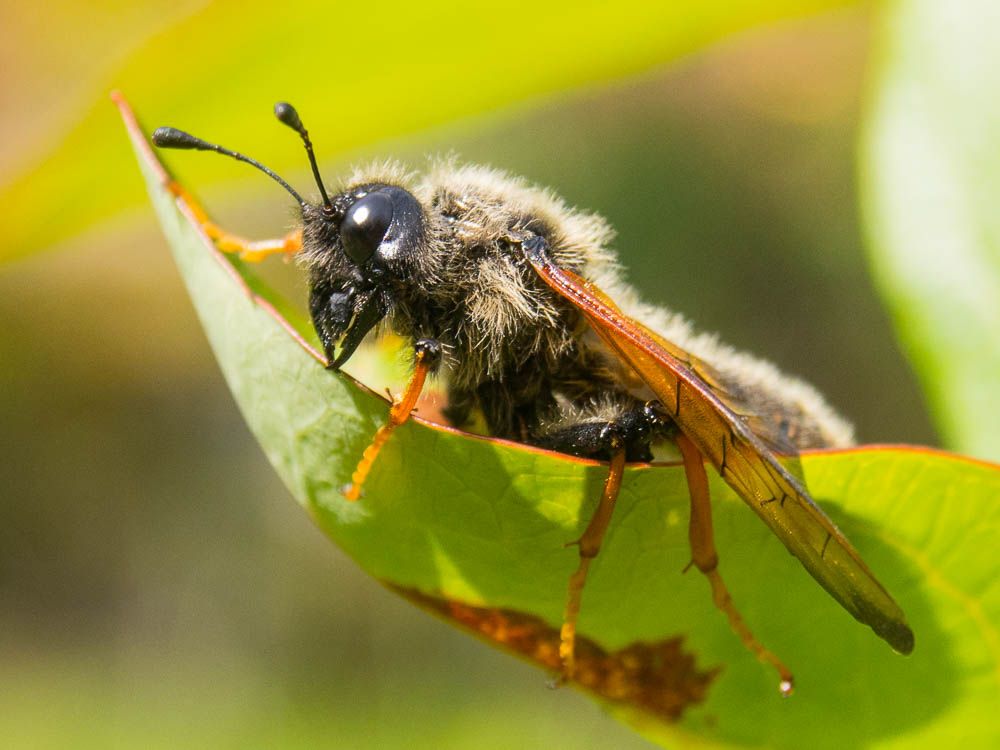|
|
1
-
Tuesday Birding
Tuesday Birding
July 1, 2025 @ 9:00 am - 12:00 pm
Corner of Bowker Ave. and Bowker Place, Victoria
We meet every Tuesday, one block south of the foot of Bowker Ave on the waterfront (off Beach Drive) at 9:00 am, or at the foot of Bowker Ave at 9:30 am, rain or shine. Birding activities take place at various locations around Greater Victoria.
Novice and experienced Nature Victoria members are welcome!
For more information call Bill Dancer at 250-721-5273.
See more details
•
|
2
|
3
|
4
|
5
-
Birding Viaduct Flats
Birding Viaduct Flats
July 5, 2025 @ 7:30 am - 10:30 am
Victoria Region
FIELD TRIP (LEVEL 1.5)
Meet at 7:30 a.m. Not many waterbirds are still around, but there will be lots of migrant passerines as well as the resident birds. DIRECTIONS: Parking is adjacent to the observation stand on Interurban Road, a short distance north of the Interurban Campus of Camosun College.
See more details
•
|
6
-
Monthly Butterfly Walk
Monthly Butterfly Walk
July 6, 2025 @ 1:00 pm - 4:00 pm
Field trip (Level 2)
Join us on our monthly Butterfly Walk. Each outing is intended to help us learn more about local butterflies. This field trip is weather-dependent as it needs to be sunny and warm to make it worthwhile. We start at the top of Mount Tolmie (off Cedar Hill X Road). Meet at 1 p.m. in the lot by the reservoir where we will have an initial look for butterflies and then decide where to go from there. Car-pooling is encouraged. We try to return by 4 p.m. Cancellations or special instructions will be posted on the calendar (https://www.vicnhs.bc.ca/?page_id=1518 ) closer to the date. Contact Gordon Hart at 250-721-1264 or butterflies@vicnhs.bc.ca for more information.
See more details
-
The Evening Chorus at Blenkinsop Lake
The Evening Chorus at Blenkinsop Lake
July 6, 2025 @ 7:30 pm - 9:30 pm
FIELD TRIP (LEVEL 1)
Meet at 7:30 p.m. This is part of the continuing series of evening walks. Blenkinsop Lake is a great place for evening birding. Commuting cyclists and group running clubs are done for the day, and we should have the trail largely to ourselves. Late in the day, diurnal birds are starting to wind down but are still foraging for the day’s last meal for themselves and their young. A few songbirds sing until late in the day or even at sunset. Around sunset, birds such as owls and Common Nighthawks may be active. DIRECTIONS: Parking is available between Don Mann Excavating (4098 Lochside Drive) and the Lochside Trail.
See more details
• •
|
7
|
8
-
Tuesday Birding
Tuesday Birding
July 8, 2025 @ 9:00 am - 12:00 pm
Corner of Bowker Ave. and Bowker Place, Victoria
We meet every Tuesday, one block south of the foot of Bowker Ave on the waterfront (off Beach Drive) at 9:00 am, or at the foot of Bowker Ave at 9:30 am, rain or shine. Birding activities take place at various locations around Greater Victoria.
Novice and experienced Nature Victoria members are welcome!
For more information call Bill Dancer at 250-721-5273.
See more details
•
|
9
|
10
|
11
|
12
-
Birding Panama Flats
Birding Panama Flats
July 12, 2025 @ 8:00 am - 11:00 am
885 Hyacinth Ave, Victoria, BC V8Z 2S4, Canada
Meet at 8:00 a.m.–Join us at Panama Flats, one of the best spots for shorebirds and waterfowl, in the ponds. Many birds can be found around the edges too.
DIRECTIONS: Turn off Interurban Road at Hyacinth and follow the road to the end.
For more information, please email birdingfieldtrips@gmail.com.
See more details
•
|
|
13
|
14
|
15
-
Tuesday Birding
Tuesday Birding
July 15, 2025 @ 9:00 am - 12:00 pm
Corner of Bowker Ave. and Bowker Place, Victoria
We meet every Tuesday, one block south of the foot of Bowker Ave on the waterfront (off Beach Drive) at 9:00 am, or at the foot of Bowker Ave at 9:30 am, rain or shine. Birding activities take place at various locations around Greater Victoria.
Novice and experienced Nature Victoria members are welcome!
For more information call Bill Dancer at 250-721-5273.
See more details
•
|
16
|
17
|
18
|
19
-
Birding Thetis Lake
Birding Thetis Lake
July 19, 2025 @ 8:00 am - 11:00 am
Victoria Region
FIELD TRIP (LEVEL 2)
Meet at 8:00 a.m. at the top right edge of the main parking area near the south end of Thetis Lake. This will be a mostly leisurely walk around the picturesque lakes. This forested area is productive for nesting songbirds. We can expect to encounter many juvenile forest birds, possibly including chickadees, juncos, robins, sparrows, nuthatches, creepers, warblers, and more. Taking a clockwise route, we will first go around Upper Thetis Lake, where Belted Kingfishers and Great Blue Herons may be seen fishing. We will then return along Lower Thetis Lake. DIRECTIONS: To reach the park, take the Colwood exit off the Trans-Canada Highway and follow the Old Island Highway for a short distance. Turn right at the traffic light at Six Mile Road just before the bridge. Continue on this road when it goes under the highway, and you will come to the Thetis Lake Park parking lot. Parking is $2.00 for two hours or $4.00 for the day; information about fee options can be found at https://www.crd.bc.ca/parks-recreation-culture/parks-trails/crd-regional-parks/park-usage-rules/parking-fees
See more details
•
|
|
20
|
21
|
22
-
Tuesday Birding
Tuesday Birding
July 22, 2025 @ 9:00 am - 12:00 pm
Corner of Bowker Ave. and Bowker Place, Victoria
We meet every Tuesday, one block south of the foot of Bowker Ave on the waterfront (off Beach Drive) at 9:00 am, or at the foot of Bowker Ave at 9:30 am, rain or shine. Birding activities take place at various locations around Greater Victoria.
Novice and experienced Nature Victoria members are welcome!
For more information call Bill Dancer at 250-721-5273.
See more details
•
|
23
|
24
|
25
|
26
-
Birding on Sooke Hills Wilderness Regional Park
Birding on Sooke Hills Wilderness Regional Park
July 26, 2025 @ 7:30 am - 10:30 am
Victoria Region
FIELD TRIP (LEVEL 2)
Meet at 7:30 a.m. at Humpback Reservoir. We will walk along the Sooke Hills Wilderness Park Trail past the side of Humpback Reservoir and gradually up to the Waugh Creek Falls/Goldstream River Suspension bridge. This area has a few different habitats, and we should see some good birds, both around the reservoir and in the forest. The trail is in good shape, and the route is gradual and shaded. DIRECTIONS: From Langford Parkway and West Shore Parkway roundabout, drive a short way to Meridian Avenue (right). Follow for 200 metres to Irwin Road. Turn left on Irwin and continue to Humpback Reservoir. You will see two parking lots and may park in either. Meet by the washroom in the big parking lot below Humpback Reservoir.
See more details
•
|
|
27
|
28
|
29
-
Tuesday Birding
Tuesday Birding
July 29, 2025 @ 9:00 am - 12:00 pm
Corner of Bowker Ave. and Bowker Place, Victoria
We meet every Tuesday, one block south of the foot of Bowker Ave on the waterfront (off Beach Drive) at 9:00 am, or at the foot of Bowker Ave at 9:30 am, rain or shine. Birding activities take place at various locations around Greater Victoria.
Novice and experienced Nature Victoria members are welcome!
For more information call Bill Dancer at 250-721-5273.
See more details
•
|
30
|
31
|
|
|
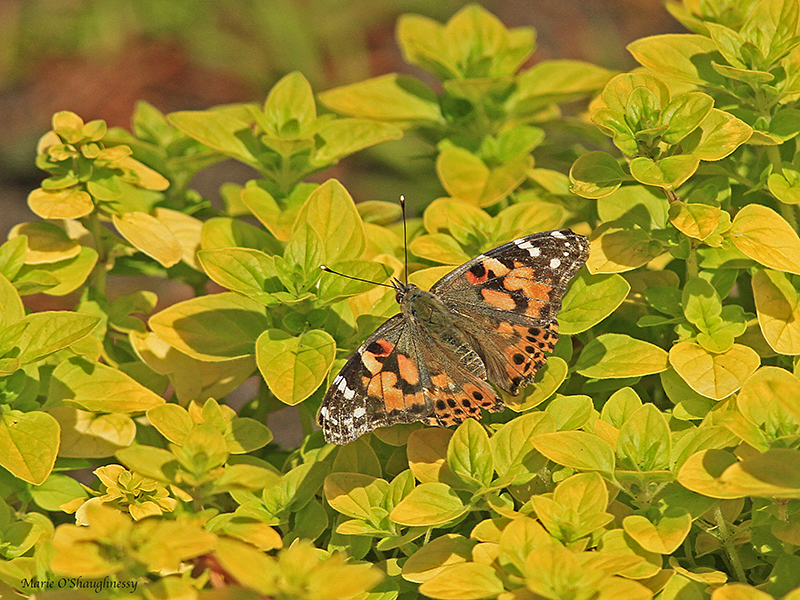

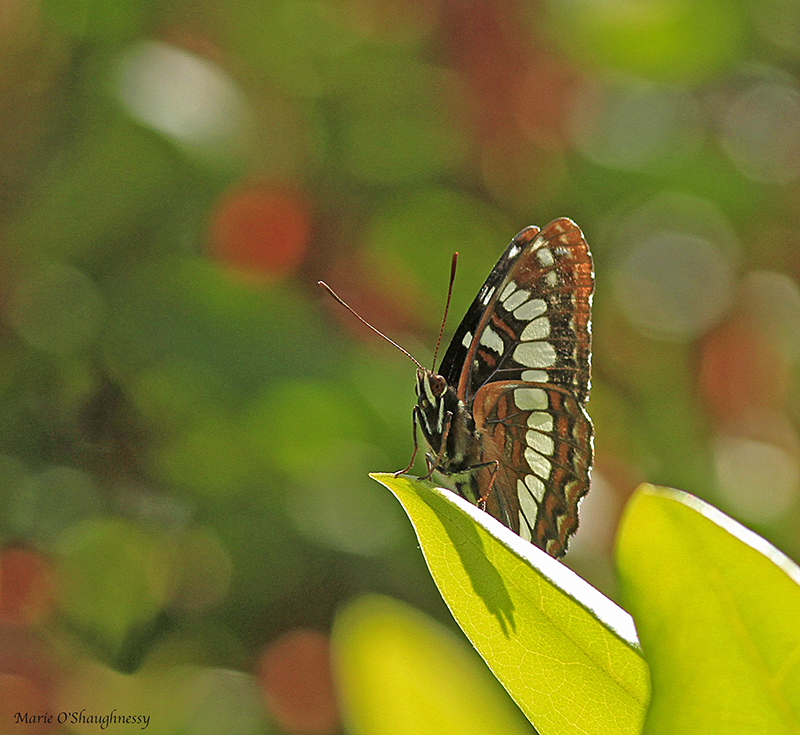
 Lorquin’s Admiral Limenitis lorquini (Lep.: Nymphalidae) Marie O’Shaughnessy
Lorquin’s Admiral Limenitis lorquini (Lep.: Nymphalidae) Marie O’Shaughnessy
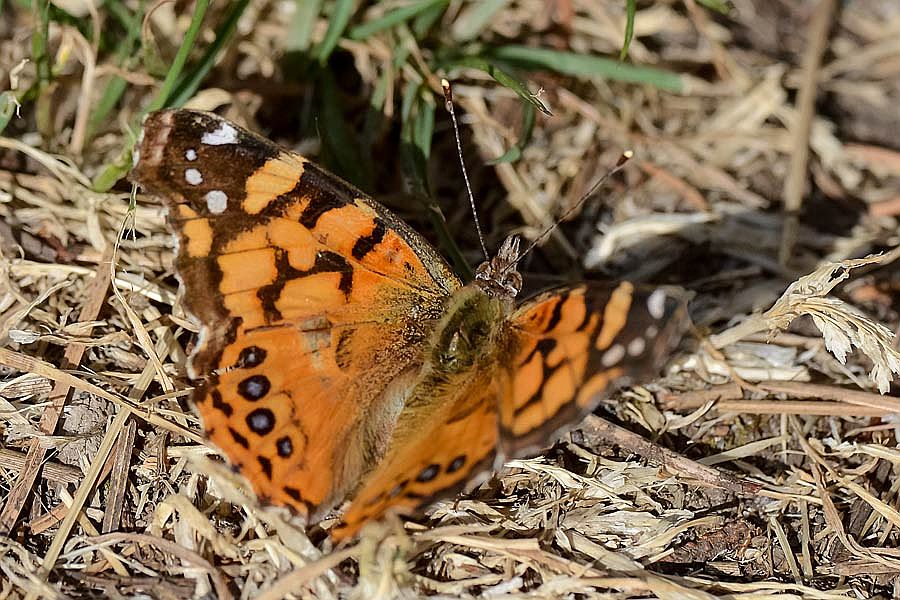
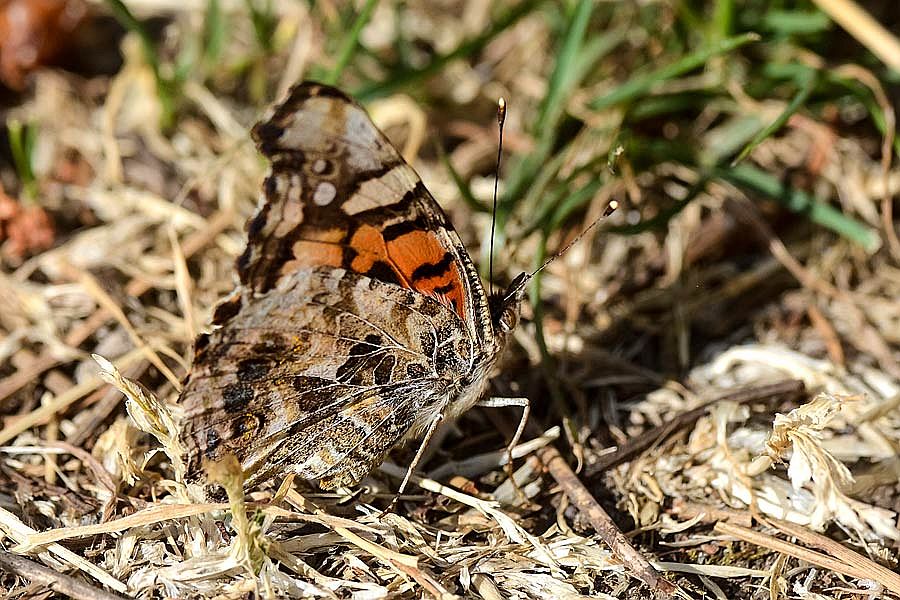
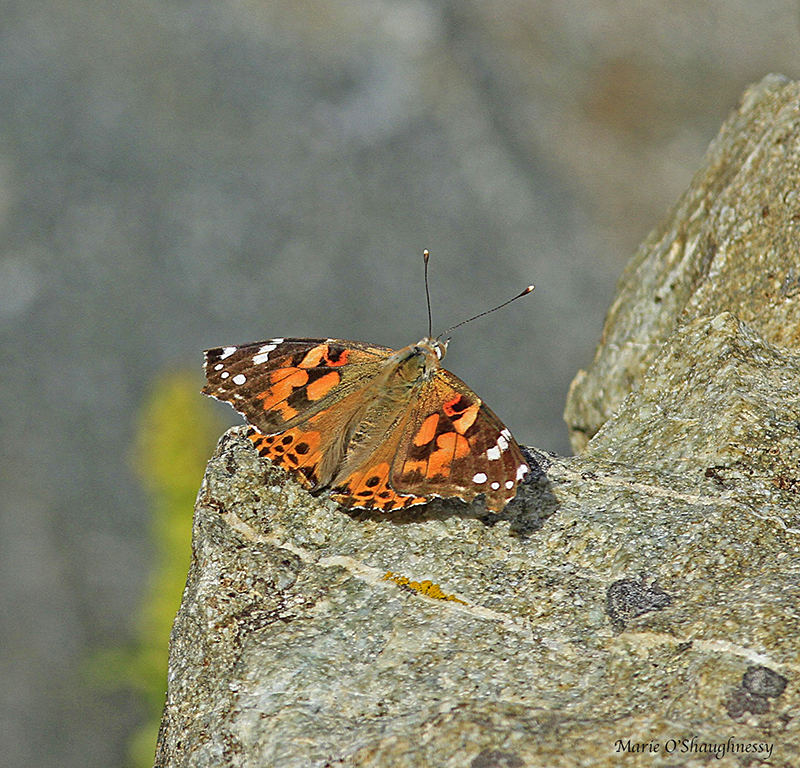
 Painted Lady Vanessa cardui (Lep.: Nymphalidae) Marie O’Shaugnessy
Painted Lady Vanessa cardui (Lep.: Nymphalidae) Marie O’Shaugnessy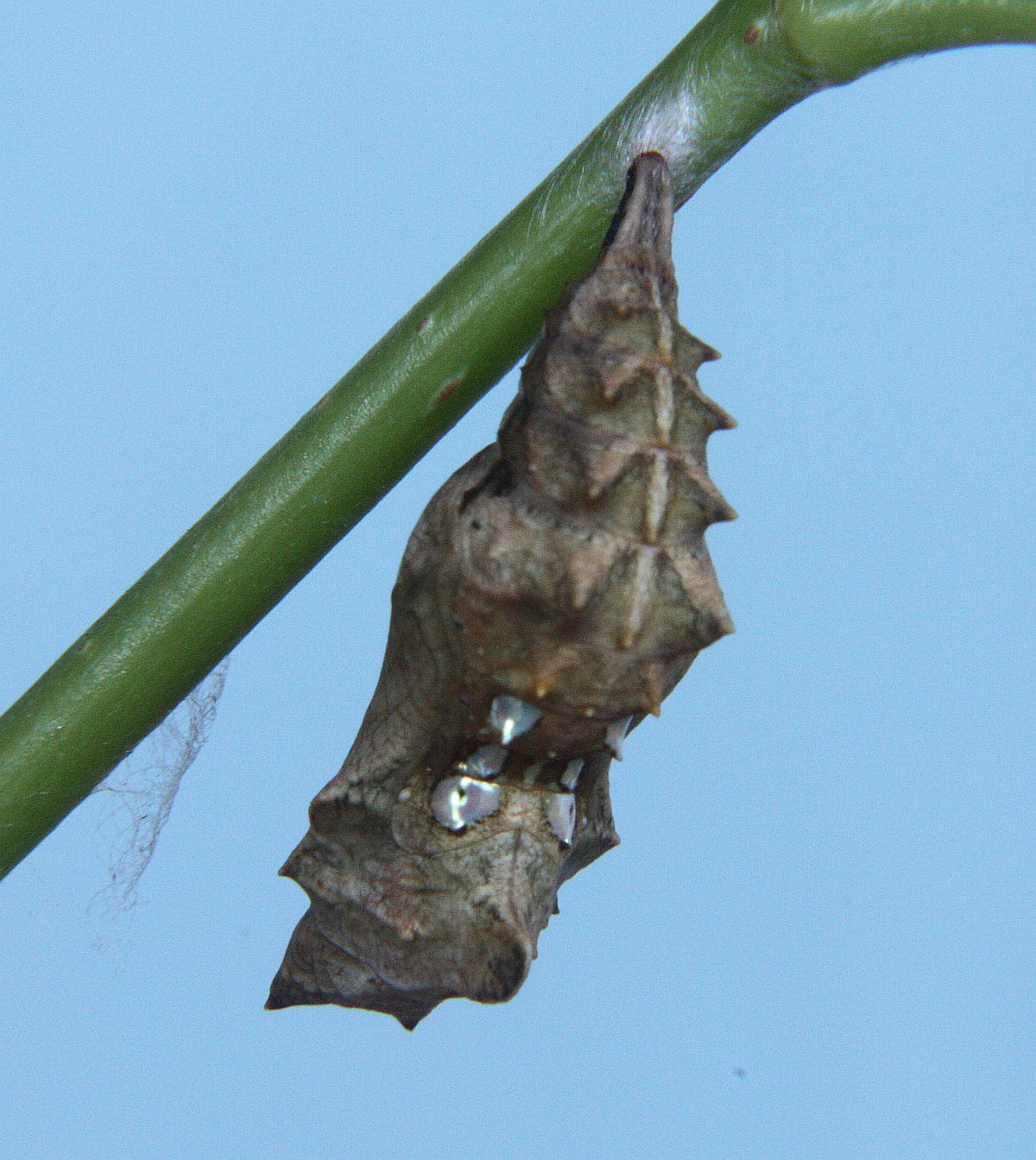
 Satyr Comma Polygonia satyrus (Lep.: Nymphalidae) Jeremy Tatum
Satyr Comma Polygonia satyrus (Lep.: Nymphalidae) Jeremy Tatum